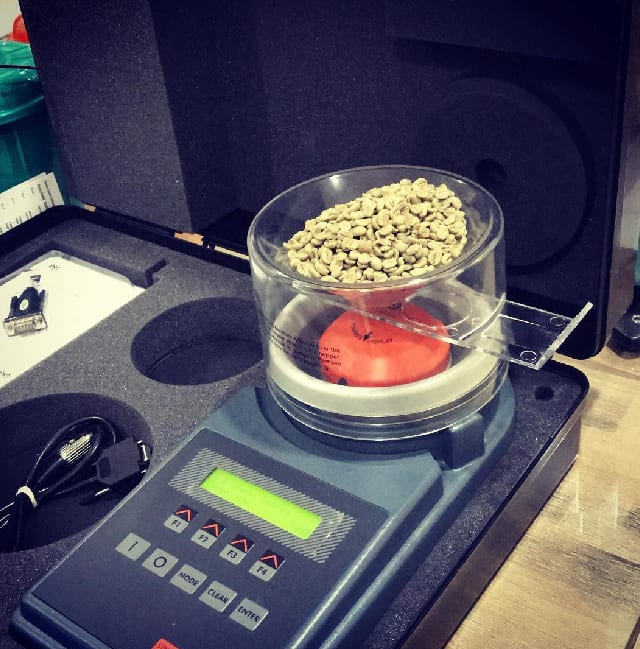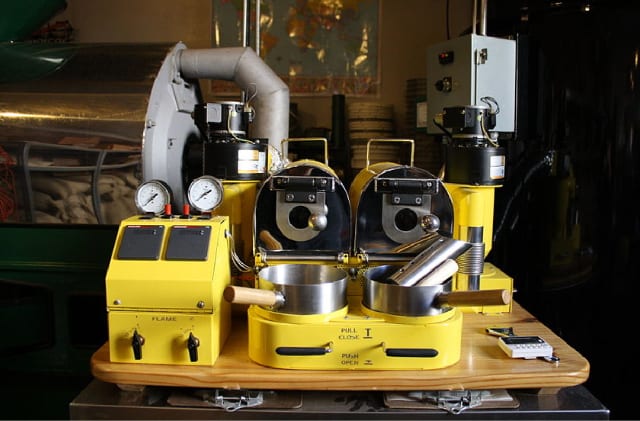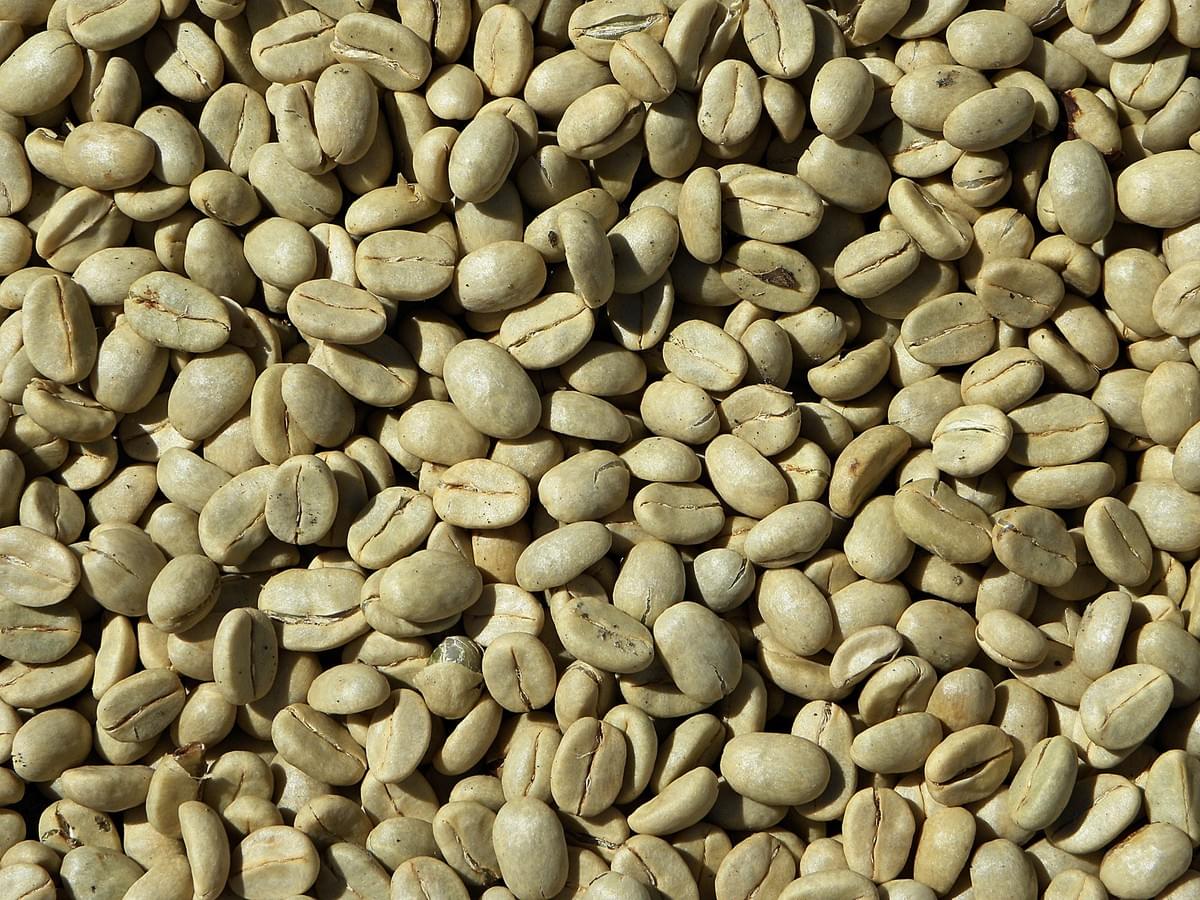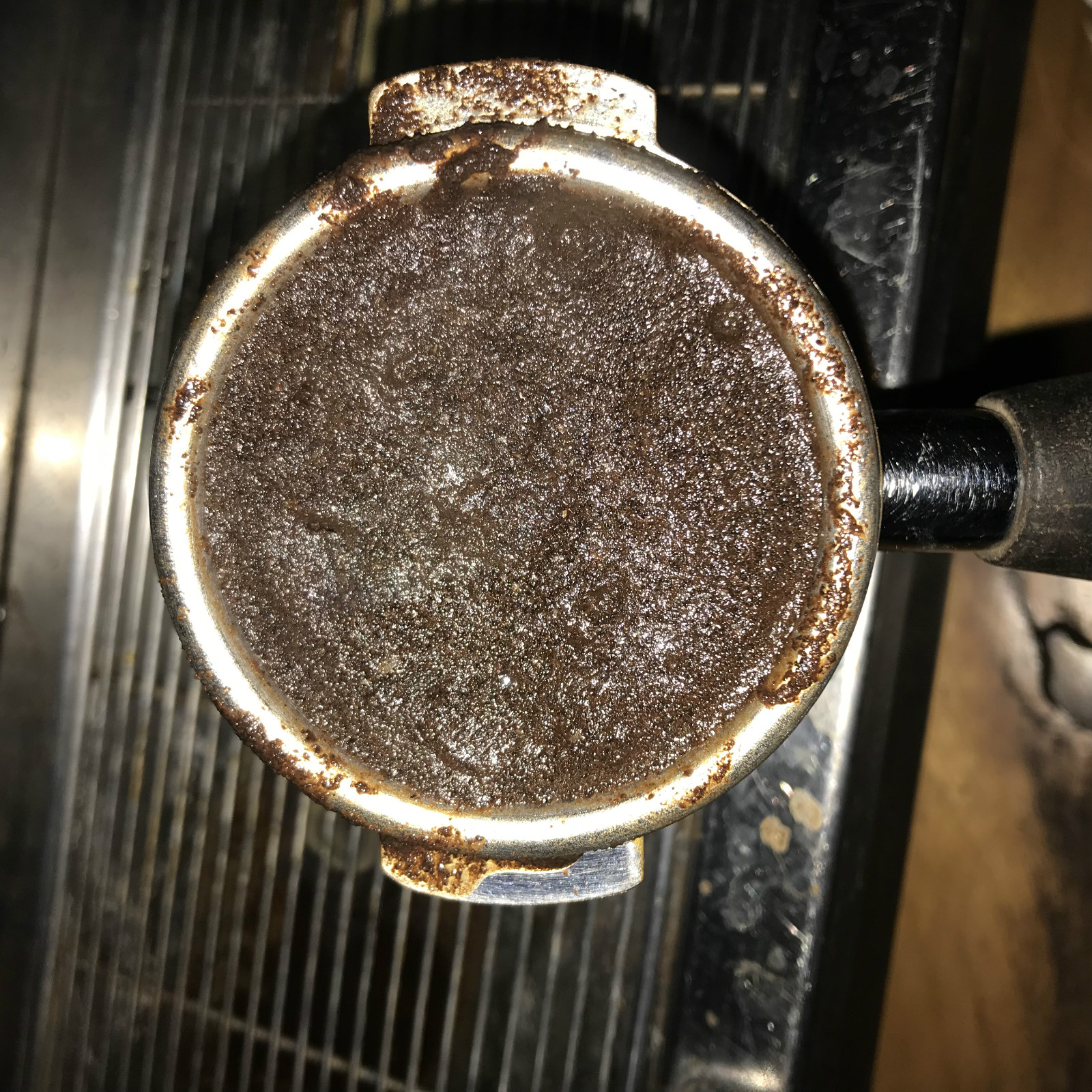How does the moisture content of raw beans affect coffee roasting? How to bake coffee with high / low moisture content?
Professional coffee knowledge exchange more coffee bean information please follow the coffee workshop (Wechat official account cafe_style)
In every stage of the coffee industry chain, the moisture content of raw beans must be reduced to avoid defects and defects caused by moldy raw beans. Proper preservation can even improve the value of raw beans. Ensuring proper drying of beans is important to optimize their quality potential and to minimize the possibility of problems.
The role closest to the end of the supply chain, the bean baker, has two tasks to control moisture content. On the one hand, they must maintain the moisture content of specific batches of raw beans within a precise range in order to maintain quality standards. They must keep the moisture content of coffee within this range and hope that raw beans will not be stored for more than a year, otherwise they will become old beans.
On the other hand, in a few minutes, the bean dryer applied high temperature and high pressure to drive the last remaining moisture out of the beans. In these few minutes, the coffee will be exposed to a lot of energy, which determines whether the coffee is successfully presented.
In fact, it is easy to understand why the baker should be concerned about the moisture content of raw coffee beans. But how useful is the data provided by importers, and how do bean bakers integrate moisture readings into their baking practices? The author interviewed Fred Seeber,Fred of Shore Measuring Systems, which works for the moisture meter company, which measures the moisture content of raw coffee beans.

Is there an ideal moisture content?
There is no official standard for the ideal moisture content of raw beans, although the International Coffee Organization ICO recommends 11% as the standard. However, it is generally believed that 10-12% is a reasonable range. Any raw beans of less than 10% may lead to a decline in coffee quality, while higher moisture content may pose a risk of mold breeding.
However, the humidity of coffee is not static. Although the drying process in the producing area before export greatly improves the stability of beans, the change of water content still exists. Environmental factors, such as particularly humid or hot places, are common causes of this situation.

Is it really necessary to measure moisture content?
Before delving into the technical details of measuring moisture content, it is worth delving into why it is necessary to measure moisture content. Knowing this will help you build a baking program that suits your specific needs.
For roasters of a certain size, it's simple: just weigh the coffee; the more water in the coffee, the more you pay for the water, which is burned anyway during roasting.
Fred gives an example of a situation that often occurs in bean bakers: "When the raw bean importer sends you sample beans, the moisture content of the sample is 11.5%. Then, when you put in a lot of raw beans at once, you suddenly find that the moisture content becomes 13%. That means you spent a lot of money on the water in the green coffee beans."

For smaller businesses or people, these calculations may or may not help. But regardless of how the green beans are packed or preserved, moisture content still plays an indirect role in the cost of baking beans.
The moisture content of green beans is not directly related to the quality of coffee, and a green bean with a moisture content of 10% does not necessarily mean that it is better or worse than 12%. However, after a long time, the green beans will gradually lose their activity, which will eventually lead to the old smell of the green beans, and this result is related to the decrease of the moisture content of the green beans.
Therefore, it is important to track the moisture content of raw beans, even for small-scale bean bakers. If you measure a cup of coffee with 12% moisture and give it an 85, it will probably become an 83 when it drops to 10%. However, you initially gave this coffee 85 points.
By comparing the time points of moisture loss and quality degradation, batches of green beans can be purchased more accurately according to the rate of consumption. Moreover, when used in parallel with water activity measurements, it is even possible to predict the shelf life of green coffee beans, and its accuracy is also important, requiring coffee to be tracked over a long period of time to maintain a precise percentage range.
You may think you don't need to measure moisture content yourself because your green bean vendor already provides those numbers. Fred objected to the idea. He pointed out that coffee is often transported by sea and that ports are usually warmer and wetter, which can affect moisture readings.
So if you are a bean baker in a drier area, but your green beans are in a wetter area, and the moisture readings for that batch are changing as the green beans reach you, then these numbers may not apply to you.

Measuring water content is not that simple.
According to Fred, three basic control points need to be set up to ensure that moisture readings are correct, including accurate quantities, accurate temperatures and accurate instruments.
Exact quantity: the same weight of coffee should be tested each time the water content is measured. If you live on coffee or often bake coffee, you may need a lot of accurate scales.
The consistency and accuracy of the temperature of the measured environment and the consistency and accuracy of the sample temperature are also important. Many instrument companies, such as Shore Measuring Systems, automatically correct the ambient temperature, so the reading should not be affected whether the environment is warm or cool. If in doubt, please choose a cooler environment to measure. "if you really care about quality, you would recommend taking measurements at lower temperatures," Fred said. "
In addition, if there is a significant difference between the sample temperature and the measured room temperature, Fred warning will encounter the problem of "sample surface moisture does not condense as expected". Therefore, it is best to wait for the measured sample to rise or fall to the same temperature as the room temperature before the measurement.

Of course, the accuracy of the instrument is also important. If the readings on the instrument consistently disagree with the numbers given to you by the bean grower, it is necessary to check the accuracy of the instrument. Fred says,"Most manufacturers will provide you with a sample to determine moisture content or a substitute that can be used to calibrate your instrument."
Finally, it is important to consider how samples are taken and how often they are measured. Andres, the bean baker at Endorphin Beans, said his team checks the moisture and density of the raw beans before each baking, in addition to just getting samples, before shipping and when they get them."
As for where to sample? It is best practice to remove directly from the batch. Samples taken from batches and stored separately will almost certainly dry out in different ways and lose their accuracy as samples. If your bean dryer capacity can roast more than one bag of coffee at a time, Fred suggests sampling each bag you're going to use, then dividing them up and measuring them.

Roast coffee with high / low moisture content
There are many factors in the baking process, and it is difficult to define the baking result through only one factor, such as water content. However, through a solid grasp of the basic principles of the baking process, with accurate and consistent moisture content readings, we can clearly judge what baking methods should be used and develop our own response process.
In the book Modulating the Flavor Profile of Coffee (Coffee Flavor Curve), author Rob Hoos points out that the beginning of the baking process involves accumulating enough calories and pressure in the bean roaster to remove moisture from the beans at the beginning of the baking process, which the authors often refer to as "dehydration" due to the lack of better terminology. No really important chemical reaction takes place at this stage; on the contrary, when the moisture is expelled, the pressure in the pot begins to increase, creating the conditions needed to bake the coffee. "
If you want to bake coffee with high moisture content, you need to apply more heat at this stage. There are three options: preheat at a higher temperature (but do not scorch the outer layer of the coffee beans), use a higher temperature during the dehydration stage, or extend the dehydration period.
But there are still some ways to explore, and if your goal is to achieve consistency in dehydration time, a higher temperature preheating boiler is recommended at first. David Wilson, a bean baker at Coffeebar, said, "if the beans have a high moisture content, the more calories they can retain and the better their heat transfer, so they can be baked with more heat in the first place." "

If you are baking coffee with a high moisture content, all the free water discharged in the first few minutes will increase the humidity of the drum. The released water has a cooling effect, which means you need more gas to overcome it while maintaining an appropriate level of heat. Therefore, the corollary of using more firepower at the beginning is to generate more airflow at the beginning to reduce some humidity.
For David, however, baking in a dry, high-altitude environment is the opposite:
"I slowed down the fan and turned off the drum almost throughout the dehydration phase, and tried to keep the moisture in the boiler. At this stage, I will try to keep the moisture in the heating system to improve the heat conduction. "
No matter how you preheat the boiler, as long as you put in the coffee with high moisture content, you basically need more energy to expel the moisture, and once the moisture is removed, it will have the effect of cooling the boiler. The most important thing is to overcome the influence of moisture and build enough momentum.
As David said, "I need to find a way to create more momentum in coffee beans, and it's best to do this in the early stages of baking, otherwise you can't make up for it later on." "
As for roasting coffee with a lower moisture content, you don't need to think too much, says David. "the temperature is low and the fire is low." But it is also important to understand the characteristics of coffee beans, this bean is high-altitude, high-density Ethiopia? Or is it a raw bean with high moisture content but has become an old bean? It is the same in physics: lower moisture content requires less heat.
Therefore, a more accurate method is needed, the goal of which is to achieve baking consistency in the dehydration stage and to enter the yellowing period of the next baking stage with appropriate momentum.
In the end, your bean roaster and baking conditions will also determine how you handle coffee with excessive moisture content. By closely tracking the moisture content of the raw beans to be roasted, you can find out the most suitable roasting method for each cup of coffee.
Translated from Perfect Daily Grind.
Translated by Cheng Zhen Coffee
END
Important Notice :
前街咖啡 FrontStreet Coffee has moved to new addredd:
FrontStreet Coffee Address: 315,Donghua East Road,GuangZhou
Tel:020 38364473
- Prev

Why does the coffee brewed by the Italian coffee machine have stagnant water on the surface of pressed powder?
Professional coffee knowledge exchange more coffee bean information please follow the coffee workshop (Wechat official account cafe_style) have you tried, after the extraction of Espresso, buckle the handle to observe the coffee pressed powder? Have you ever given up the brewing plan at that time because the surface water of coffee pressed powder was muddy? Why on earth does the Italian coffee machine brew coffee on the surface of pressed powder?
- Next

What are the criteria for making espresso? How to drink espresso?
Professional coffee knowledge exchange More coffee bean information Please pay attention to coffee workshop (Weixin Official Accounts cafe_style) As the base of all Italian coffee, Espresso can be said to be a force supporting half of the coffee world. An ideal cup of Espresso, should be able to achieve a balance between the various elements, taste bright, after drinking the throat feel sweet and not bitter. More specifically,
Related
- Beginners will see the "Coffee pull flower" guide!
- What is the difference between ice blog purified milk and ordinary milk coffee?
- Why is the Philippines the largest producer of crops in Liberia?
- For coffee extraction, should the fine powder be retained?
- How does extracted espresso fill pressed powder? How much strength does it take to press the powder?
- How to make jasmine cold extract coffee? Is the jasmine + latte good?
- Will this little toy really make the coffee taste better? How does Lily Drip affect coffee extraction?
- Will the action of slapping the filter cup also affect coffee extraction?
- What's the difference between powder-to-water ratio and powder-to-liquid ratio?
- What is the Ethiopian local species? What does it have to do with Heirloom native species?

